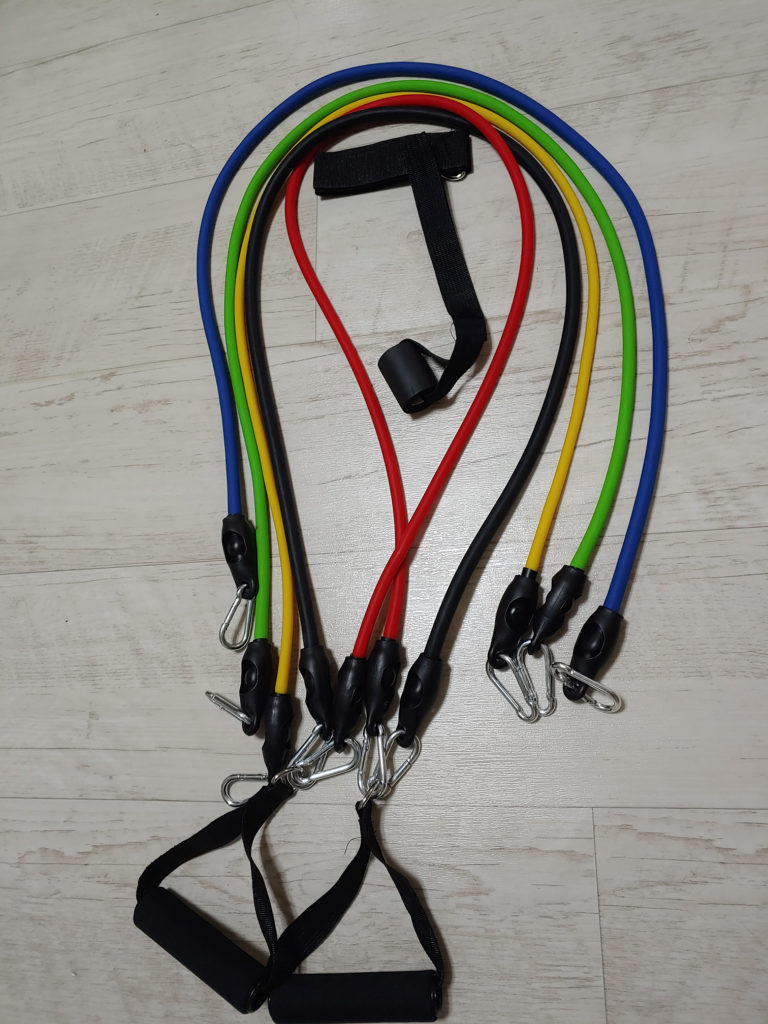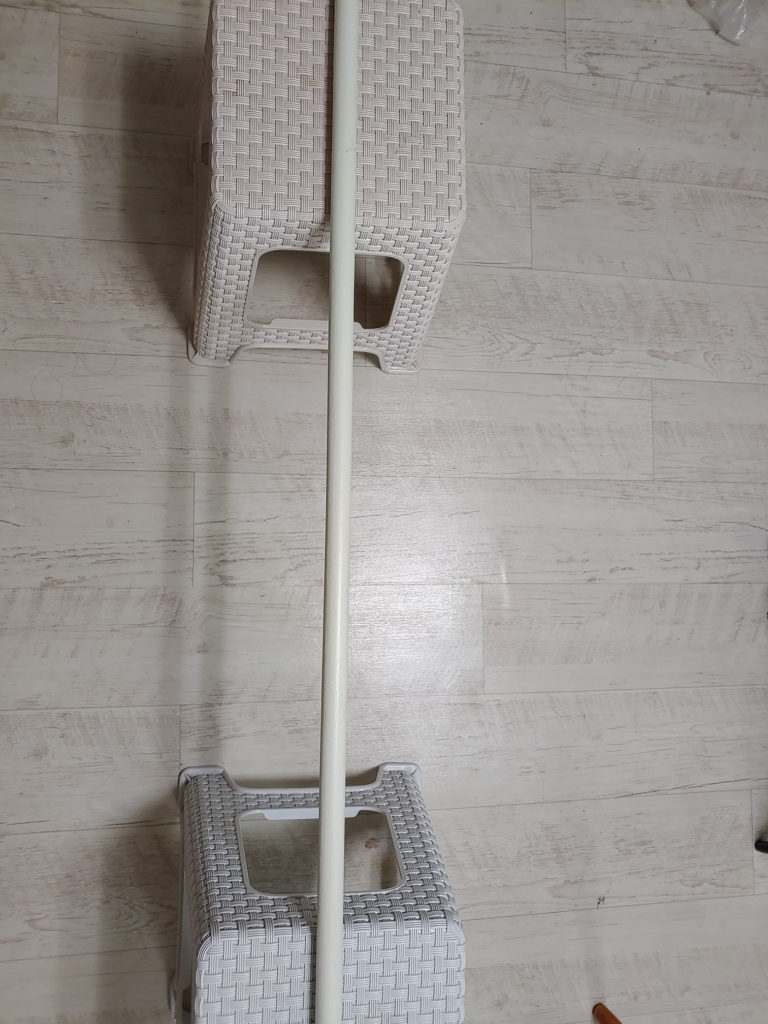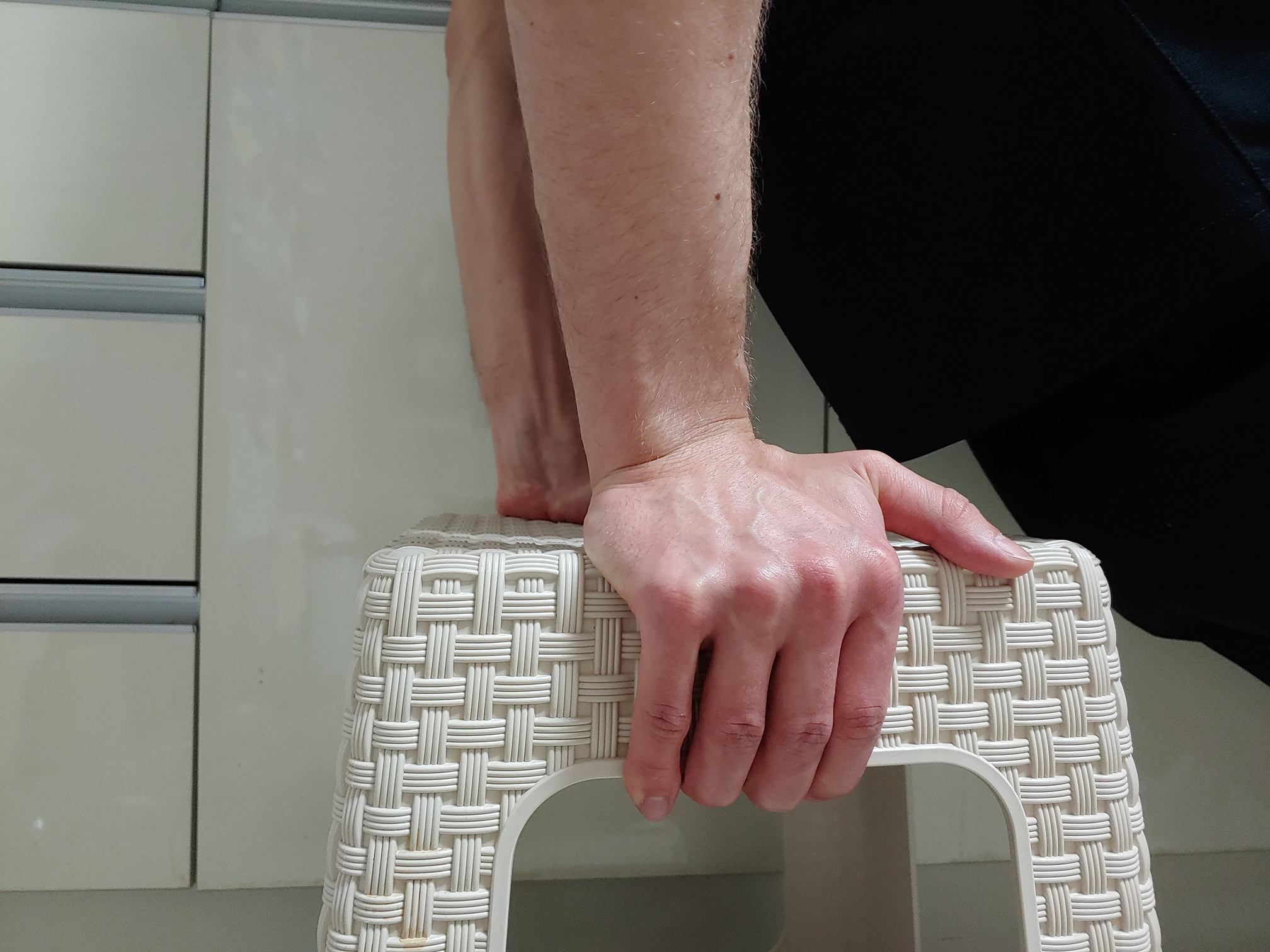How to Stay Fit at Home
Written by Chris Schneider.
These days, all of us might lack some proper physical activity. Here is some advice to stay fit using only limited equipment at home.
For this article – and most of my personal fitness activities over the last few years – knowledge of three commonly known fitness personas will be helpful: Prof. Dr. Dr. Jürgen Gießing, a German researcher on high-intensity training for about three decades; Karsten Pfützenreuter, former bodybuilder and personal trainer who has developed several training systems up until the present; and Athlean-X, arguably YouTube’s most famous content creator for fitness in regard to proper execution of exercises.
Basic Principles
My personal belief is that muscle growth can be ensured in two ways: muscle failure and muscle fatigue. While the first saves a lot of time, always aiming to train until failure might be hard on one’s psyche. Muscle failure may sound negative, but it actually sends signals to your nervous system to build enough muscle mass to prevent another failure. Muscle fatigue, on the other hand, feels more comfortable but takes more time to achieve. To provide alternatives, you will find systems based on both principles below.
Workout System 1: High-Intensity Training (HIT)
High-intensity training allows you to build significant muscle mass by simply training for 45 minutes twice a week. The system was developed by bodybuilder Mike Mentzer and was proven effective by other bodybuilders such as Dorian Yates as well as by scientific research conducted by Prof. Dr. Dr. Jürgen Gießing. Due to the latter’s insights, the system is also adaptable to general fitness and athletes of other disciplines.
The system itself is quite simple: short and intense. HIT’s most important goal is to achieve muscle failure. In short, this means to perform an exercise until you fail in the middle of a repetition (rep). HIT workouts consist of only one to two sets per exercise and only one to two exercises per muscle group. For example, a home workout routine targeting chest, triceps, and shoulders could be done by two chest exercises such as push-ups and prowler push-ups, dumbbell shoulder presses, and/or pike push-ups and dips. The larger the muscle, the less problematic it is to do two exercises. Another important part of HIT is to do your exercises slowly and correctly. Although there are myriad different approaches, the seven-second rule is quite common. The movement, which takes actual effort of pushing or pulling – movements up from the ground via push-ups or down to the ground via pull-ups should last two seconds followed by holding your position for another second; then you should go down for four . Again, there are different conceptions about the rep range, but for the sake of simplicity eight to twelve reps should be fine.

Further, it is advisable to train every muscle with this system only once a week in order to prevent injury and overtraining. If you feel your workout is not intense enough, you could instead do the same exercise again after a rest lasting under ten seconds, perform half reps – breaking your exercise into two parts and perform each to exhaustion – or quickly jump into a related exercise to failure (e.g., jumping from pull-ups to chin-ups or push-ups to chest flys). Forty-five minutes, including warm-up, should be just fine – do not overtrain. Equipment-wise, it is recommended to have weights or silicon bands for curls and access to a pull-up bar. To some degree, the lack of such can be solved by using a broomstick and two stools or chairs. Personally, I use a set of dumbbells up to 15 kilograms, a playground, silicon resistance bands, and two stools from Daiso. HIT’s largest disadvantage besides the necessity for at least some equipment is the mindset. Not everyone wants to go all out during their workout, which is absolutely fine. Those not intending to train to muscle failure simply will not get along well with HIT. For those of the latter mindset, there is another system that might suit you just fine.
PITT – Myokalypse
Another training system that is very useful for home training is the so-called PITT-Myokalypse system by Karsten Pfützenreuter – a German bodybuilder and personal trainer. He specifically designed this system for athletes over 40 and so-called “hard gainers” – people who have a hard time gaining muscle mass. Unless you contribute to his Patreon account, access to the system is only granted via countless vlogs on YouTube. From what I could get out of those videos, the system is based on extremely high reps, low weight, and a high frequency. Every training session should last for about an hour and should be done three to five times a week. Try to make it a full-body workout while doing only one exercise for each muscle group – although it is unlikely to actually get the whole workout done within one session. The muscles that could not be trained will simply follow first in your next session.
As mentioned before, the system is based on high reps and low weight, which makes it perfect for home training. Try to reach 60 to 100 reps doing controlled movements and stop at the moment of maximum and minimum contraction (e.g., when your arms are fully extended or at chest level during bench press. When your muscles fatigue, stop for exactly three breaths, then continue. Two breaks are expected, so after the following fatigue, simply stop and move on to the next exercise. Pfützenreuter often replaces the common phrase “no pain, no gain” with “no pump, no gain,” and this is exactly the threshold for when to take on heavier weights. When you do not feel the fatigue anymore, step up your game. As for the weights, use really low weights (e.g., I am using five kilograms for dumbbell curls and three kilograms for shoulder exercises).

What Kind of Equipment Should I Use?
As mentioned above, it depends highly on your budget, fitness level, and desired training style. Most things can be improvised, and especially leg, chest, and tricep exercises do not need much equipment. In general, consider buying a resistance band, since it allows you to perform many more exercises.
Combining the Two Principles
Generally, it is possible to combine both systems, but I would recommend trying one first and seeing how well it goes for you. Again – do not overtrain! Personally, I follow a HIT routine and use PITT-Myokalypse as an addition whenever I feel that a muscle group has not been targeted enough. Then I will integrate the specific PITT-Myokalypse exercise in the following workout in a way that does not target that specific muscle group (e.g., training biceps or lats on a chest-and-triceps day).
Example Routines
HIT: Routine One (Push and Legs)
Regular push-ups targeting your chest
Prowler push-ups for your lower chest
Pseudo planche push-ups for your upper chest
Pike push-ups or dumbbell shoulder presses for your shoulders
Dips and/or tricep extensions with resistance bands for your triceps
Squats for your glutes and hamstrings
HIT: Routine Two (Pull and Abs)
Pull-ups for your back
Chin-ups for your back
Australian pull-ups for your back
Shrugs with a backpack for your traps
Bicep curls for your biceps
Hammer curls for your brachialis
Any kind of sit-up that covers your whole abdominal region.
*Aim for muscle failure within 8 to 15 reps in just one set. Perform once a week.
PITT-Myokalypse
Shrugs or face pulls
Any kind of pull-down exercise
Any kind of row exercise
Any chest fly or press exercise
Two to three shoulder exercises – one for every shoulder region
Sit-ups
Curls
Hammer curls
Tricep exercise (tricep extension, skullcrushers)
Squats and or lunges
Leg raises
Additional exercises
- Aim for feeling fatigue; perform three to five times a week with only one set each time; aim for 60–100 reps; up to two breaks lasting up to three breaths are allowed within each exercise; perform for no more than one hour; start with the exercises you left unfinished previously.
Further Information
For more information and/or different workouts, I can recommend the following:
Darebee: Lots of free workouts, programs, and information about fitness and nutrition.
Athlean-X: YouTube channel highlighting correct movements for lots of excercises.
THE AUTHOR
Chris is a German language teacher and branch leader at the Goethe-Institut in Gwangju. Besides fitness and martial arts, he likes to cook, travel, and read the works of people much greater than him.





